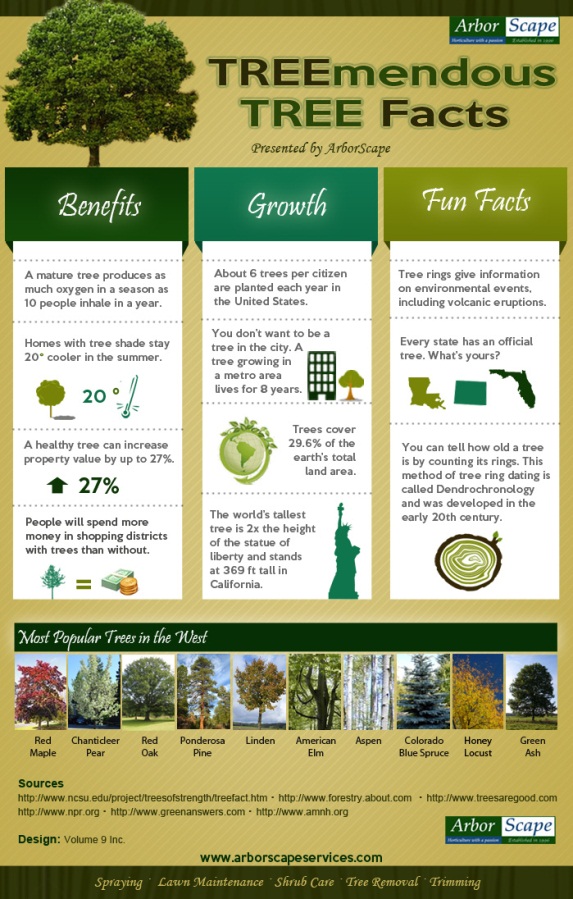Look For Critical Signs That Indicate Your Tree Might Be Hazardous; Recognizing These Can Protect Your Property And Enjoyed Ones. What Should You Look For Next?
Look For Critical Signs That Indicate Your Tree Might Be Hazardous; Recognizing These Can Protect Your Property And Enjoyed Ones. What Should You Look For Next?
Blog Article
Team Author-Winther Skovsgaard
When it concerns tree care, recognizing the indicators that it's time for removal is crucial for your safety and home. You could notice tarnished fallen leaves, wilting branches, or strange fungal growths suggesting health issue. Architectural concerns, like a significant lean or cracks in the trunk, can additionally posture risks. Understanding simply click the up coming post can aid you make notified decisions concerning your trees and stop prospective hazards lurking in your backyard. What should you seek next?
Signs of Decay and Condition
When you discover indications of decay and disease in your trees, it's crucial to act promptly. How To Trim A Tulip Magnolia Tree fallen leaves, wilting branches, or unusual developments like fungus. These can suggest that your tree is struggling.
If you see cracks in the bark or soft, mushy timber, these signs and symptoms recommend inner decay. Additionally, an unexpected increase in insects around your tree can indicate that it's compromised and at risk.
Look for any type of dead or dying limbs, as they pose a risk to your residential or commercial property and security. If you're uncertain concerning what you see, seeking advice from an arborist can supply quality.
Dealing with these indications early can conserve you from extra substantial damages and guarantee the wellness of your backyard. Don't wait until it's too late.
Structural Instability and Leaning
As you observe your trees, watch out for any signs of architectural instability or leaning. If a tree leans considerably, it might indicate that the root system is compromised.
Seek any kind of fractures in the trunk or soil around the base; these can indicate prospective failure. Additionally, look for unusual development patterns, like a lopsided crown, which might recommend that the tree is having a hard time to hold itself upright.
If you discover that the tree favors your home, high-voltage line, or various other frameworks, it poses a higher threat. Don't neglect these indications-- get in touch with an arborist to analyze the situation.
Taking action early can stop costly damage and ensure your security.
Dead or Dying Branches and Foliage
If you notice dead or dying branches and foliage on your tree, it's a clear indication that something's incorrect.
These unhealthy areas can show underlying problems like disease, parasite infestations, or environmental stress. When branches lose their leaves or transform brown, they're no more adding to the tree's wellness. Ignoring these signs could bring about further decline, making your tree a lot more hazardous.
Dead branches can quickly break short during tornados, posing a danger to residential or commercial property and people nearby. It's important to analyze the degree of the damage.
If the problem affects a considerable part of the tree, consider getting in touch with an expert. They can help figure out if elimination is needed to make sure safety and security and maintain the appeal of your landscape.
Conclusion
If you notice any type of indicators of degeneration, architectural instability, or dead branches on your trees, do not disregard them. These signs can position significant safety and security dangers to you and your building. It's always best to consult a specialist arborist that can give a professional analysis of your trees. Taking action early can avoid mishaps and pricey damage, guaranteeing your landscape stays secure and healthy. Keep in mind, it's better to be positive about tree treatment than to wait on a calamity to take place.
